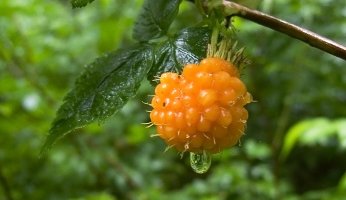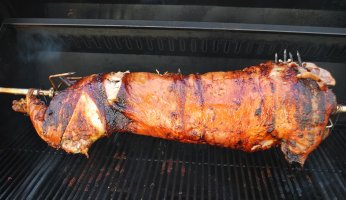10 Spring Herbal Tea Plants of the Pacific Northwest
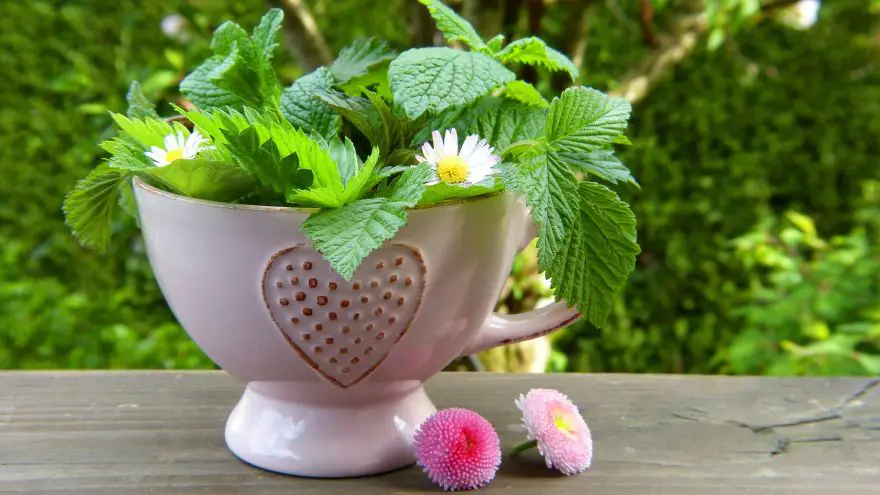 10 Spring Herbal Tea Plants of the Pacific Northwest
gearweare.net
10 Spring Herbal Tea Plants of the Pacific Northwest
gearweare.net
Foraging your way through the forests of the Pacific Northwest doesn’t have to be all about cooking. Sometimes when you’re feeling a bit under the weather and are looking for a little relief you can find it just outside your backdoor. Here is a list of some herbal tea plants sure to get you in tiptop shape without a trip to the pharmacy. Check these plants out next time you’re out foraging and remember that a simple cup of tea can make a world of difference.
Table of Contents
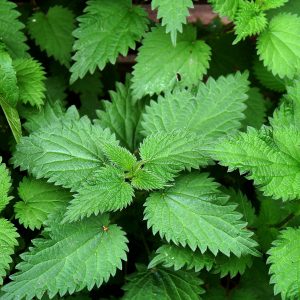 Stinging Nettle Leaf
Stinging Nettle Leaf
Stinging nettle is a great source of organic iron and makes a great herbal infusion. Depending on how it’s processed it can produce an earthy or grassy flavour. The tea is best made from the young leaves of the plant, which are harvested when it is no more than a few centimeters off the ground. It is also a great natural remedy for mild seasonal allergies providing relief from the sneezing and congestion that so many of us suffer from each spring. Steep the dried leaves in water until the color gets to a deep amber.
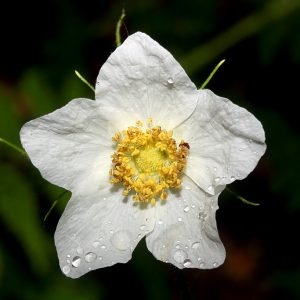
Thimbleberry Flower
This native to the west coast, with its large soft maple-shaped leaves and white flowers, produces a sweet honey flavored tea that relieves upset stomachs, nausea, and diarrhea. The pale yellow tea is like a natural Pepto-Bismol. Thimbleberry grows in moist open spaces and is usually found in large numbers. Alongside the delicious berries that many people know this plant for try out some of the leaves on your next foraging trek to take advantage of this natural remedy.
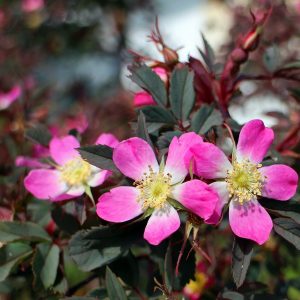
Rose Flower
The beautifully scented flowers of wild roses make a wonderful herbal tea best suited to relieving cramping during menstruation. Studies have shown that preparing infusions of rose flowers relieved symptoms of menstruation in a large percentage of the women studied. Either flower buds or mature petals can be used to make this infusion and the delicate pink brew with its sweet floral taste makes a refreshing tea. It also has moisturizing properties and, once cooled, can be used as a facial spray to refresh the skin.

Fireweed Leaf
Fireweed, a great anti-inflammatory herbal tea infusion, grows from the arctic down into the northern states of the USA. The lance-shaped leaves contain a chemical compound that has been shown to relieve the inflammation in joints that can causes great discomfort. The tea can also be used to relieve symptoms of diarrhea and dysentery. It is a very common plant that grows in huge fields across its range and when prepared for a tea the resulting brew comes out a light brown colour and has a sweet vegetal flavour.

Valerian Root
Valerian root is a great natural remedy for sleep problems. A tea made from this root has been shown to decrease the time needed to fall asleep as well as improve the quality of that sleep. The brew has a strong earthy flavour. Valerian does have a slight hallucinogenic quality to it and, aside from the improved quality of sleep, will give you quite vivid dreams as a result. Studies have shown that a chemical compound found in valerian root also has anti-anxiety properties. The valerianic acid consumed in the tea helps with this type of symptom.
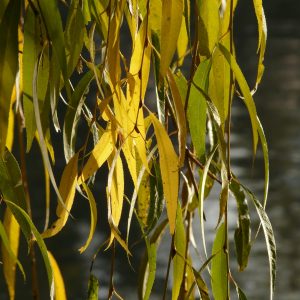
Willow Leaf
The natural source for salicylic acid, the chemical compound that makes up aspirin, is found naturally in willow bark and leaf. It can be consumed by making a tea from these parts of the tree and will help relieve minor muscle aches and pains as well as headaches. It isn’t as potent as aspirin but works wonders on a headache. The concentration of salicylic acid varies from species to species but all willows contain it and can be harvested to produce a tea. The bark will produce a lovely pink-tinged brew and the leaves a colour similar to standard black tea.
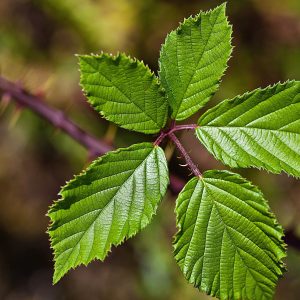
Blackberry Leaf
Best known for their namesake, the juicy black berries of blackberry are not the only part of the plant that can be used. Harvest the leaves to get yourself a natural remedy for your upset stomach. Acute diarrhea has been found to be relieved with a heaping teaspoon of dried leaf in a cup of hot water. Drink that over the course of two hours for noticeable results. Harvesting the leaves can be done at any time of the year, even during the long cold winter months because often times leaves will dry and stay on the vines.
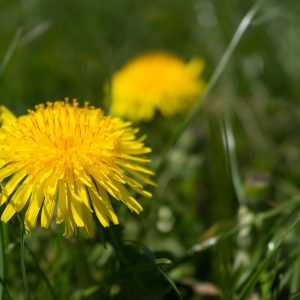
Coltsfoot
This naturalized species from Europe and Asia is characterized by its yellow dandelion-like flowers and leaves shaped like a horse’s hoof. Making a tea from the leaves has a soothing effect on sore throats and also helps people suffering from bronchitis. The bright yellow color of the tea can be taken hot or cold and instantly starts to work on relieving the discomfort of these symptoms.
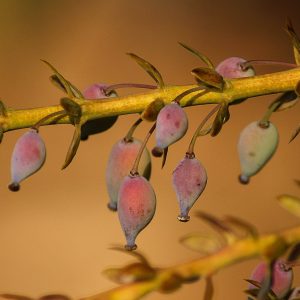
Oregon Grape Root
Oregon grape root is renowned for its cleansing capabilities. Both the liver and blood benefit from these characteristics. The alkaloids that make it such a strong beneficial herb do cause a rather bitter taste. Once you get over this there are so many benefits to be had. Stimulating liver function, helping bile flow and even helping stimulate the digestive tract will have you singing the praises of this herb despite its taste. Find this tall plant with holly-like leaves next time you’re out and start getting the benefits right away.
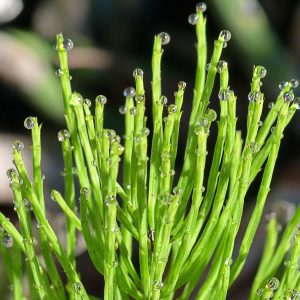
Horsetail
This common plant found everywhere moist soil occurs is high in organic silica and has been used for strengthening hair and nails for some time. Taking all of the aerial portions and drying them to make a tea will give you its benefit after just a few weeks of use. This deep amber coloured tea also has the added benefit of being anti-inflammatory and will reduce the inflammation on the lining of the throat right away.
Safety Considerations
These are a few glimpses of some Pacific Northwest wild plants and their interesting medicinal applications, but should not replace the consultation of a trained medical professional. If you are interested in trying any of these remedies please consult your doctor first and then make your decision whether you feel it is safe to utilize these natural remedies.





